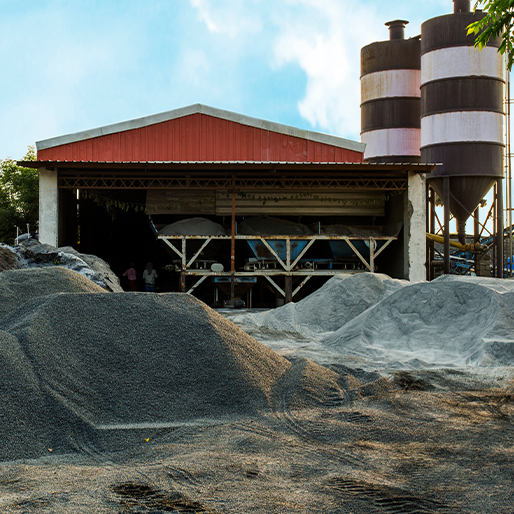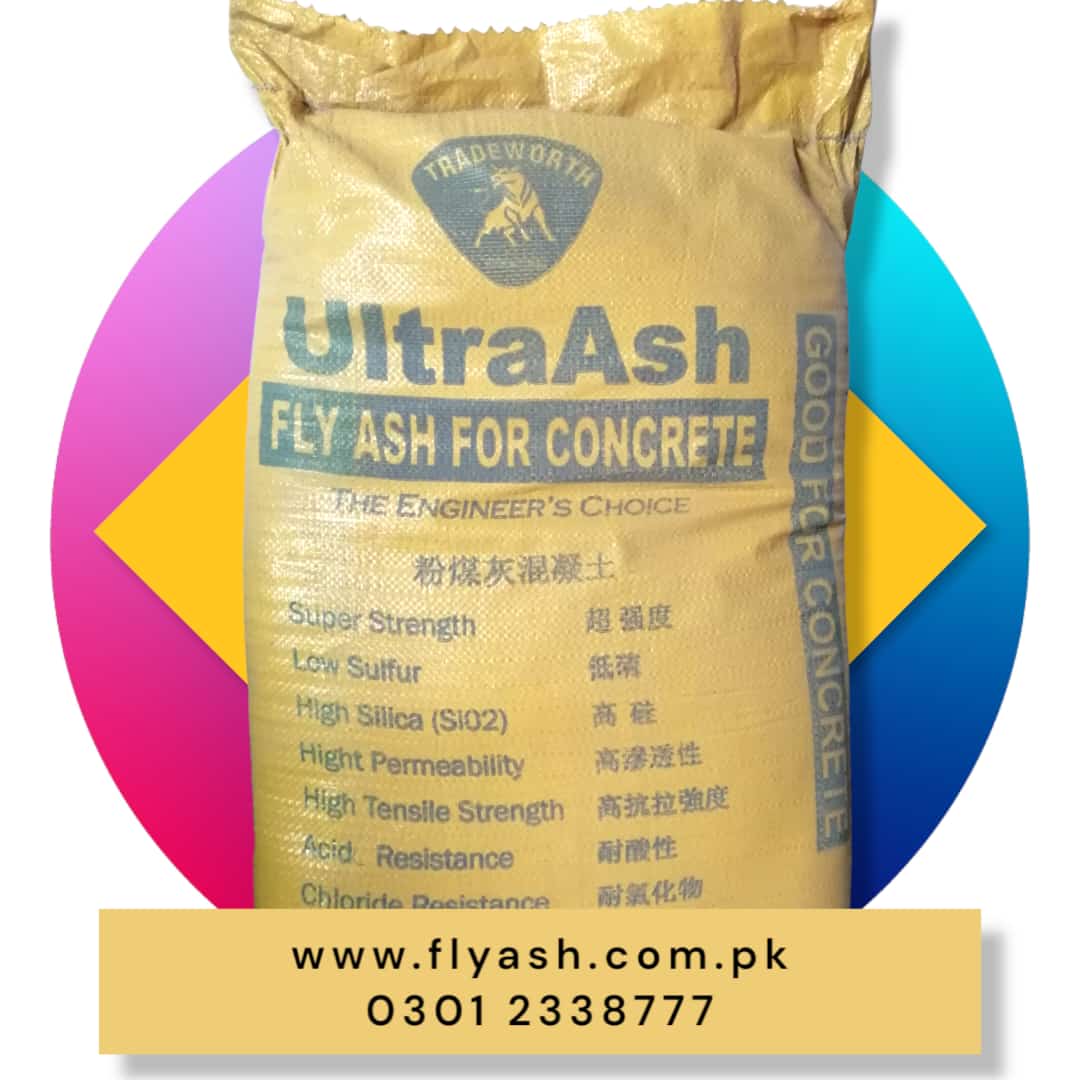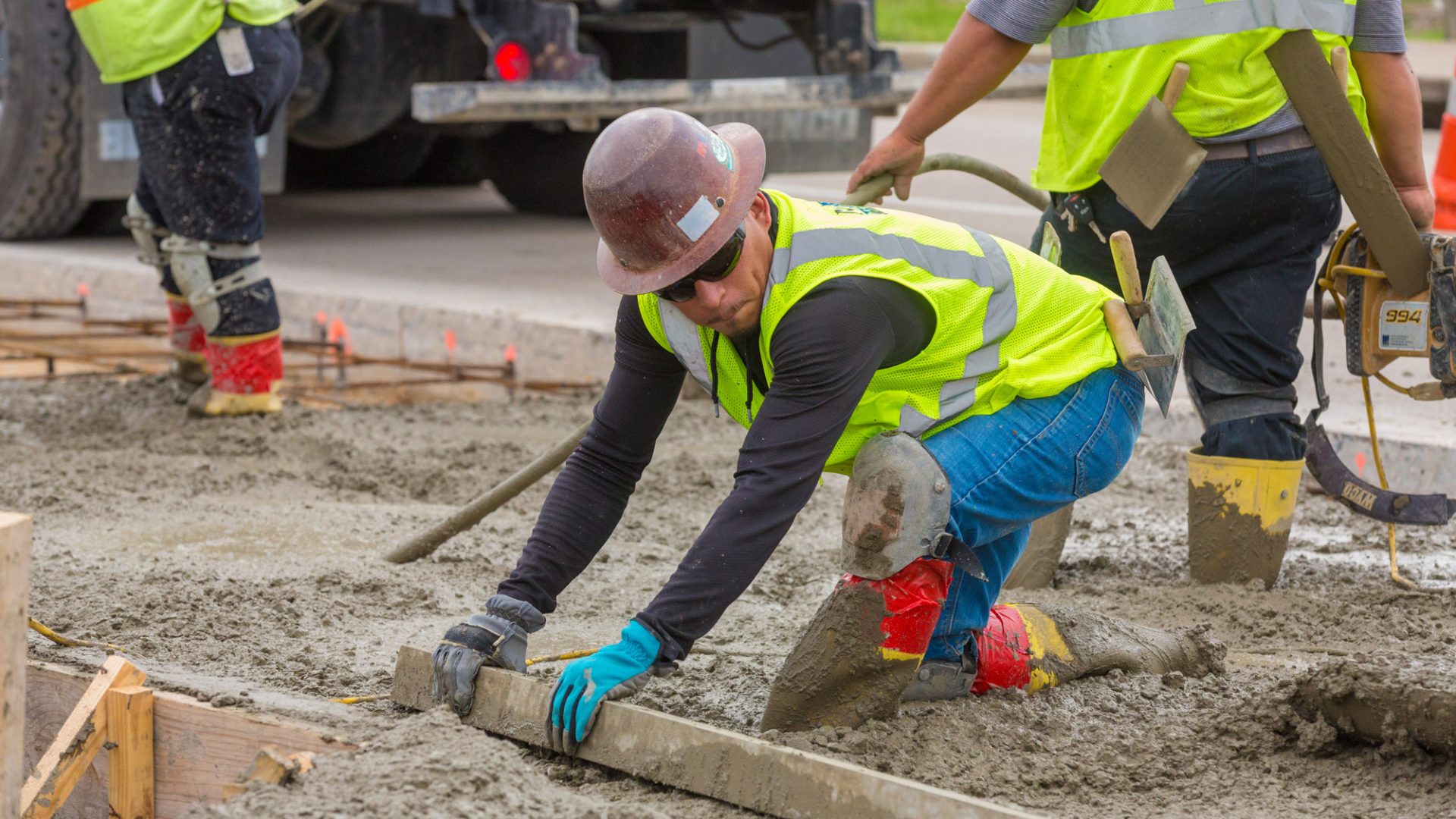Introduction:
As the world strives towards sustainability and eco-friendliness, the construction industry has been actively seeking innovative materials and practices. One such material that has gained significant attention is fly ash. In this blog post, we will explore the use of fly ash in concrete and its various applications, highlighting its benefits and contribution to a greener future.

Understanding Fly Ash:
Fly ash is a byproduct obtained from coal-fired power plants. It is a fine, powdery substance consisting of inorganic particles. Traditionally, fly ash was considered a waste material and often disposed of in landfills. However, its composition and properties make it an excellent candidate for sustainable construction practices.

![]()
Benefits of Fly Ash in Concrete:
- Enhanced Strength and Durability: Fly ash acts as a pozzolanic material when mixed with concrete, reacting with calcium hydroxide to form additional cementitious compounds. This process improves the strength and durability of concrete structures, making them more resistant to cracking and shrinkage.
- Reduced Environmental Impact: By utilizing fly ash, the demand for cement, which is a major contributor to greenhouse gas emissions, can be reduced. This reduction in cement consumption leads to a significant decrease in carbon dioxide emissions, thereby mitigating environmental impact.
- Improved Workability: Fly ash particles are generally smaller and spherical in shape, which improves the workability of concrete. This makes it easier to handle and place during construction, resulting in improved construction efficiency.

Applications of Fly Ash:
- Concrete Production: The most common application of fly ash is in concrete production. It can replace a portion of cement, typically up to 30%, without compromising the strength and performance of the concrete. The use of fly ash in concrete not only enhances its mechanical properties but also reduces the heat generated during the hydration process.
- Stabilization of Soil: Fly ash can be used as a soil stabilizer in road construction and embankment projects. Its binding properties improve the load-bearing capacity of soil, preventing settlements and enhancing the stability of the structure.
- Waste Encapsulation: Due to its low permeability and ability to immobilize heavy metals, fly ash can be utilized for encapsulating hazardous waste materials. This helps prevent the leaching of contaminants into the environment, making it a sustainable solution for waste management.
- Manufacturing of Bricks and Blocks: Fly ash can be used as a partial replacement for clay in the production of bricks and blocks. This not only reduces the consumption of clay but also enhances the thermal insulation and strength of the finished products.
Conclusion: Fly ash is a versatile material that offers numerous benefits in the construction industry. Its utilization in concrete and other applications not only improves the performance of structures but also contributes to a more sustainable and environmentally friendly future. By embracing fly ash as a viable alternative, we can reduce the environmental impact of construction and pave the way for greener and more resilient infrastructure.


